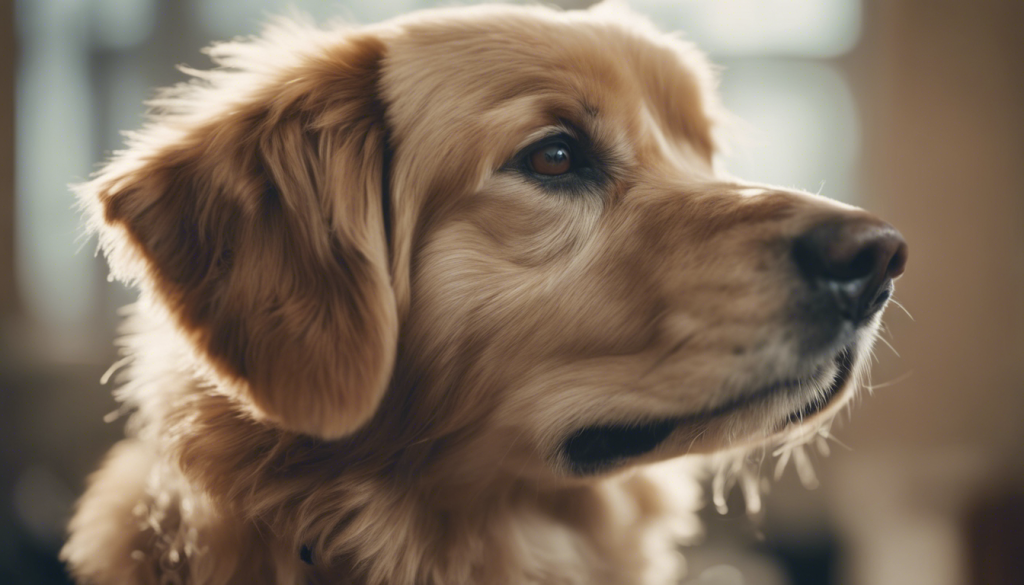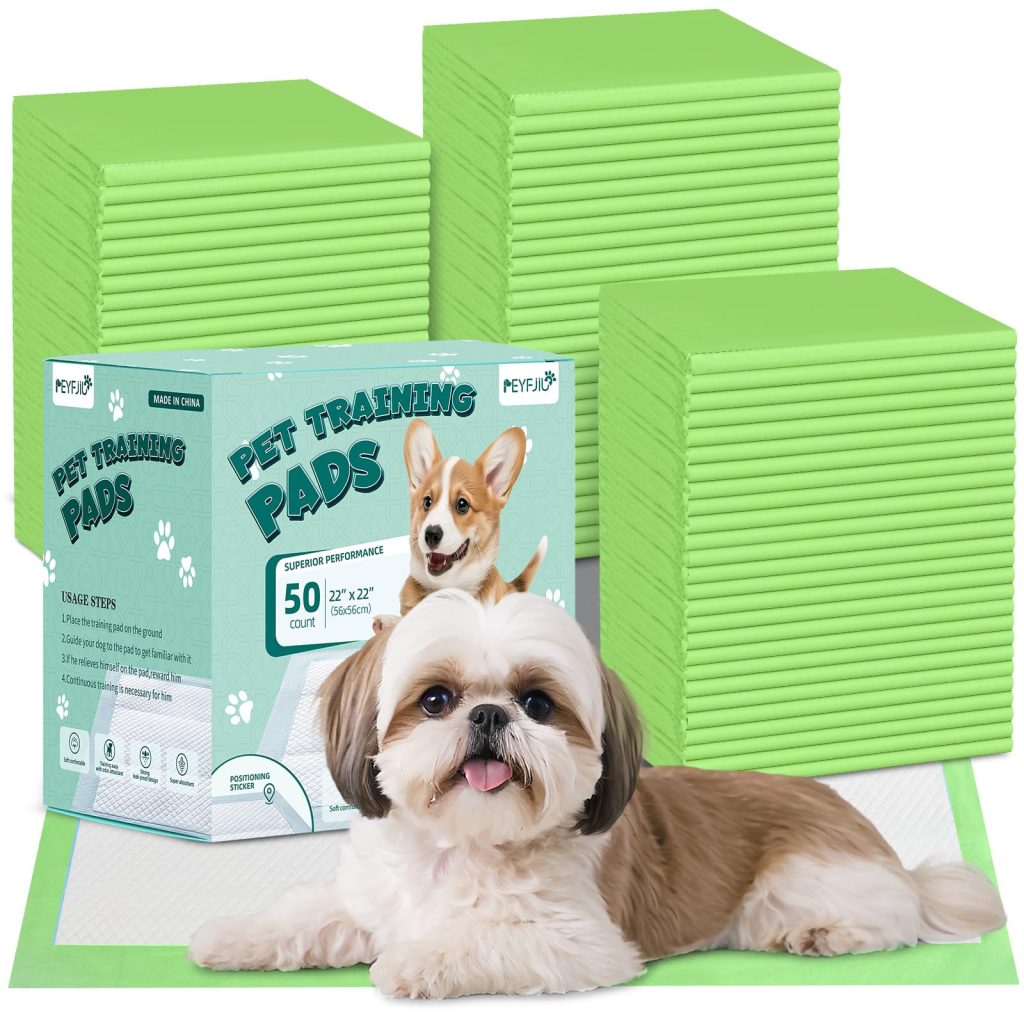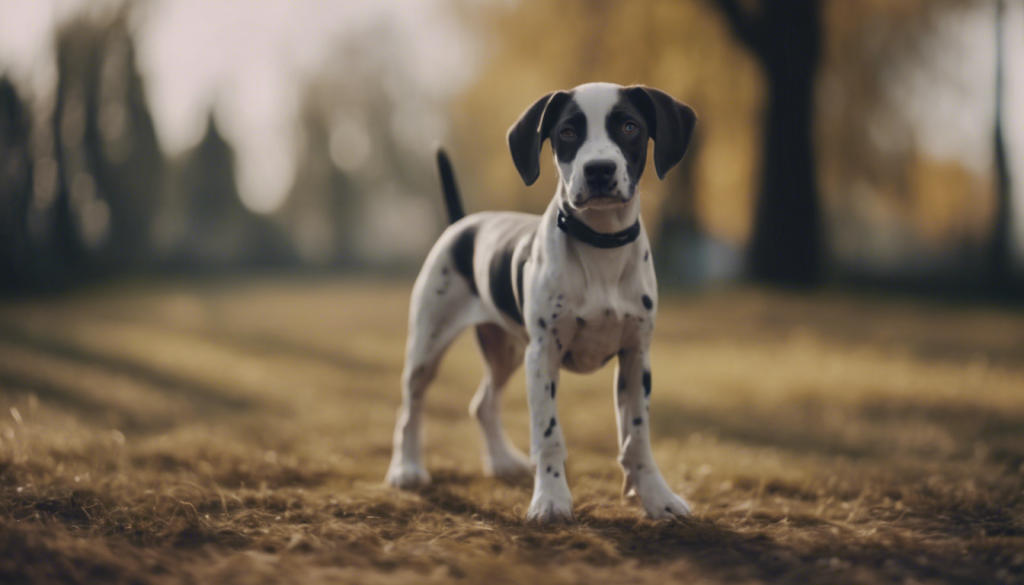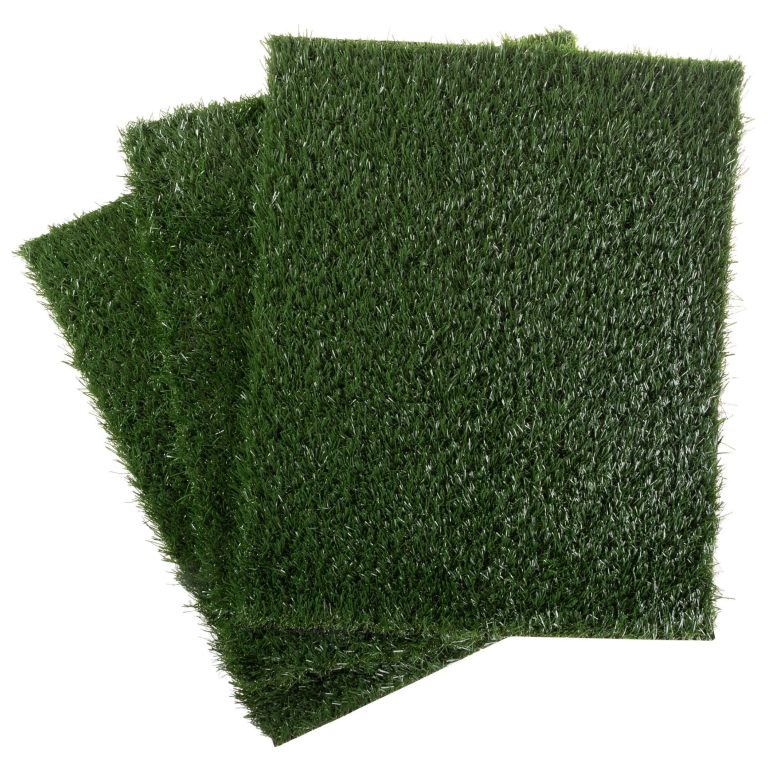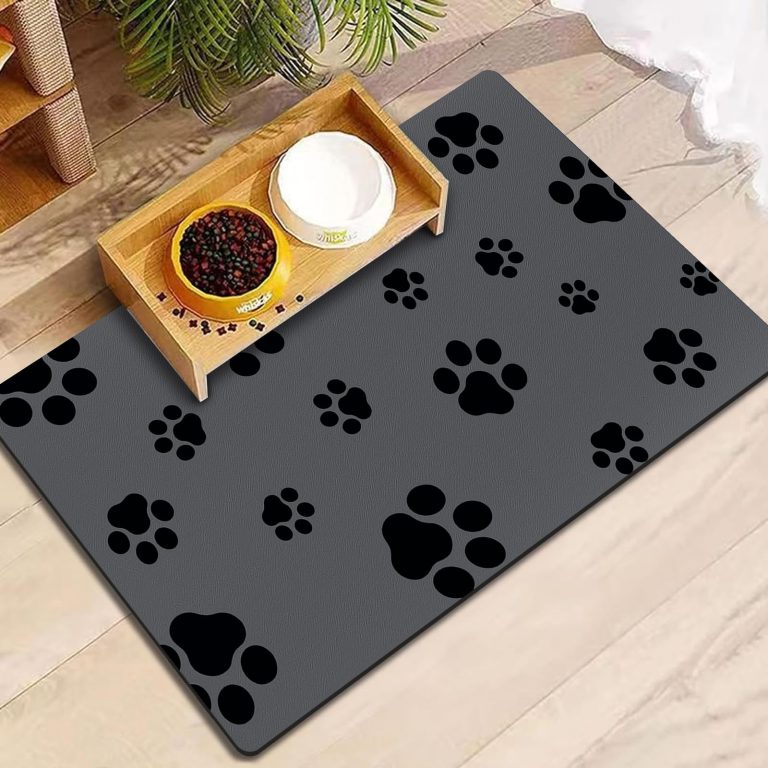Building a Strong Bond with Your Dog for Better Health
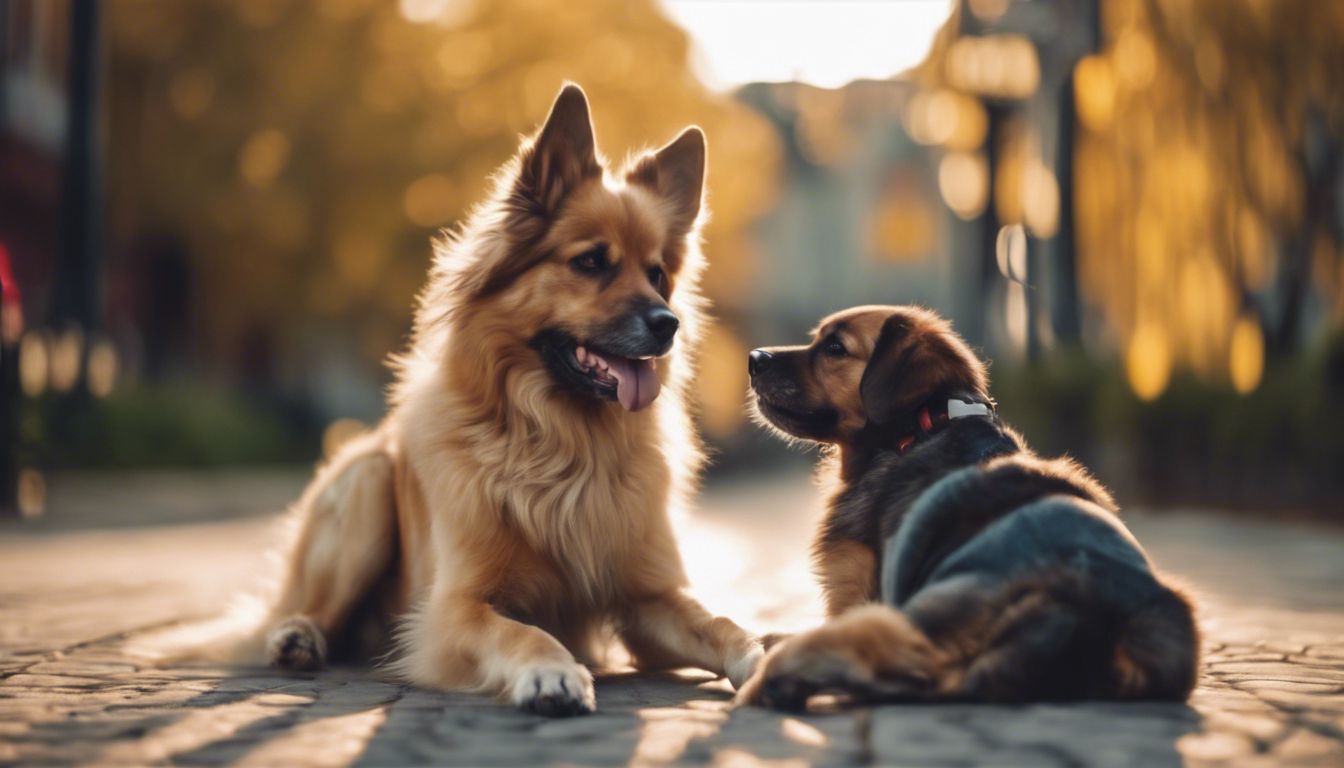
Understanding the Health Benefits of Canine Companionship
When you invite a furry friend into your home, you’re signing up for more than just cuddles and cute moments. A dog can be a catalyst for your well-being, promoting a healthier and happier lifestyle. One of the key benefits of canine companionship is the encouragement to stay active. Regular walks, jogs, or play sessions with your pooch not only keep their tails wagging but also get your heart pumping. Exercise is important for both of you, helping to maintain a healthy weight and reduce the risk of cardiovascular disease.
It is not just about the physical benefits; the bond you share with your dog can greatly affect your mental health, too. The companionship of a dog can alleviate feelings of loneliness and depression, providing constant support and unconditional love. This connection releases neurotransmitters such as serotonin and dopamine in the brain, which are known to boost mood and bring forth a sense of calm and happiness.
However, with the joys of dog ownership come responsibilities, especially when it comes to health management. Dogs can face a range of common health issues, from joint problems like arthritis to skin conditions. Each issue necessitates a specific treatment, often involving regular vet check-ups, medication, dietary adjustments, or even surgery. Understanding these common issues and their treatments can ensure you are well-prepared to handle your dog’s health needs with confidence.
Dental care is another critical area, as poor oral hygiene in dogs can lead to more severe health problems including heart and kidney disease. Regular brushing, dental treats, and annual cleanings at the vet can prevent tartar build-up and keep your pup’s teeth and gums healthy. As your dog grows older, they may experience age-related changes such as diminished hearing, vision loss, or decreased mobility. Adapting their environment and care routine can make these transitions smoother for them.
Remember, their minds need looking after as much as their bodies. Mental stimulation through training, puzzle toys, or new activities can combat cognitive decline and keep your dog’s brain sharp. Engaging with your dog intellectually also strengthens your bond as you challenge and reward them, helping to stave off boredom and associated destructive behaviors.
Preventive care is the centerpiece of good health maintenance. Vaccinations, flea and tick control, and regular health screenings are essential to prevent diseases and detect any problems early. This proactive approach can save you heartache, extend your dog’s life, and keep them as your loyal companion for as long as possible. By focusing on these aspects of canine health and fostering a loving, attentive relationship, you can pave the way for a rewarding and healthful journey together.
Establishing Trust through Consistent Training
Building trust with your dog is much like laying the foundation for a long-lasting friendship. It starts with consistent training, a tool that shapes behavior, but more importantly, it develops mutual respect and understanding. Establishing trust through training involves patience, clarity, and, most significantly, consistency.
Consistency in training means establishing clear rules and sticking to them. When you’re consistent with commands and your responses to their behavior, your dog knows what to expect from you and what you expect from them. This clarity reduces confusion and anxiety for your pet and makes training more effective. It is like learning a dance routine—every step has to be precise and repeated until it becomes second nature. You lead, and your dog follows.
Start with basic commands such as ‘sit’, ‘stay’, ‘come’, and ‘down’. Use positive reinforcement – give them a treat, some praise, or a favorite toy whenever they get it right. This not only encourages them to repeat the desired behavior but also associates training sessions with fun and rewards. Remember to phase out the treats gradually so that their obedience becomes reliable, not just treat-dependent.
But training is not just about commands. It’s about communication. Notice how your dog reacts to different tones of voice and body language. Sometimes a stern voice is necessary, while at other times, a soft tone can be more effective. Pay attention to their body language as well; it is their way of talking back to you. Are their ears back because they’re scared? Is their wagging tail signaling excitement or nervousness? Understanding these cues enhances your training sessions and strengthens your bond.
Your dog doesn’t take a day off from being your loyal companion. So, don’t take a day off from training. Short, frequent training sessions are better than long, sporadic ones. With each training moment, whether it is a structured session or an impromptu lesson during a walk, you’re reinforcing their skills and solidifying their trust in you.
Don’t forget that socialization is an extension of training. Introduce your dog to various environments, people, and other animals. Proper socialization can prevent fear and aggression, making your dog more confident and at ease in different situations. It is like broadening their horizons – the more they experience under your guidance, the more they understand and trust in your leadership.
In the course of training, there might be setbacks, but don’t be discouraged. Every mistake is an opportunity to learn and grow stronger together. When there’s a setback, go back a step in training to reinforce previous learnings. Keep the mood positive, even when they’re not quite getting it. Anger and frustration won’t build trust, just apprehension.
And finally, recognize when to end a training session. Look for signs of fatigue or diminished concentration. Like us, dogs have their limits on focus and energy, and it is best to end on a positive note to keep their enthusiasm up for next time.
Every interaction with your dog is a training opportunity, and every training session is a chance to cement trust. It is a journey you embark on together, step by step, day by day. With consistent training, you’ll find that your bond will not only lead to better behavior but to a deeper, more meaningful connection that positively impacts both of your lives.

Enhancing Connection with Daily Activities and Play
Time spent with your dog through daily activities and play is a key ingredient to nurturing a fulfilling relationship. These moments are not just fun; they build bridges of understanding and affection between you and your four-legged family member. Whether it’s a game of fetch at the park, a brisk walk around the neighborhood, or a tug-of-war match in your living room, these are the experiences that contribute to your dog’s physical health and emotional well-being.
Exercise is important for dogs of all sizes and breeds. While exercise requirements vary depending on the dog’s breed, size, and age, every dog needs some form of regular physical activity to remain healthy. Regular, heart-pumping exercises help prevent obesity and complications such as diabetes or heart disease. Activities such as swimming, hiking, or running alongside your bike can be outstanding ways for both of you to get in shape while enjoying each other’s company.
It’s essential to keep in mind that play isn’t only about physical activity; it’s also an opportunity for mental stimulation. Dogs are intelligent creatures, and they need challenges that exercise their brains. Interactive games like hide and seek or fetch not only tire them out physically but also make them consider and strategize, providing a full mental workout. Puzzle toys that dispense treats when your dog figures out the trick can keep them engaged and satisfied.
Dental care can also be incorporated into daily activities. Chew toys designed to clean teeth can serve as a part of their dental routine, supplementing regular tooth brushing. Always monitor your dog’s chewing and make sure the toys are made from safe, durable materials that won’t break apart and become a choking hazard.
As your dog ages, exercise and play routines will need to adapt to their changing abilities. Older dogs may not be as enthusiastic or capable of keeping up with high-impact exercises, but they still need regular, gentle activity to maintain muscle tone and joint flexibility. Shorter, more frequent walks can be beneficial, along with low-impact activities such as swimming, which can be easier on their joints.
Don’t overlook the importance of preventive care when it comes to play. Ensure your dog is up-to-date on vaccinations and flea and tick medications, especially if you’re venturing out into shared spaces where they interact with other dogs. Regular vet checks should include discussing their diet and fitness to fine-tune their exercise routine. What’s more, altering their activities according to their health status will keep them at their best as they age.
Understanding your dog’s health needs and combining them with daily activities can create a routine this is both enjoyable and beneficial. Pay attention to the signs they give you during play, as it can often inform you about their health state. A sudden lack of interest in toys or activities they once loved, for example, could be an indication of a health issue that needs addressing.
By merging play with health considerations, you create a holistic approach to your dog’s well-being. Remember, each moment of play is a building block in a strong, healthy bond with your canine companion.
Strengthening Your Bond through Emotional Awareness and Communication
Healthy communication goes beyond words, especially when it comes to our canine friends. Building a bond with your dog is deeply rooted in understanding and responding to each other’s emotional cues. Dogs are adept at picking up on our feelings and can often mirror our emotions. Thus, it is crucial to be mindful of the energy you project around them. A calm and positive demeanor can reassure your pet, fostering a sense of security and trust.
To enhance emotional awareness, observe your dog’s behavior and body language in various situations. You might start to notice that they lean into you when they seek comfort, or they might wag their tail more vigorously when they’re happy—each dog has a unique way of expressing itself. By being attentive to these subtle signals, you can better understand their needs and respond appropriately, whether it is offering a soothing touch during a thunderstorm or joining in their excitement at the prospect of a walk.
Communication is a two-way street. Just as you need to understand your dog, they need to understand you. Simple things like maintaining eye contact can strengthen your connection. Training your dog to look into your eyes can enhance your bond and boost communication. Eye contact releases oxytocin, known as the ‘love hormone,’ which increases feelings of trust and love in both humans and dogs.
It is also essential to recognize and respect your dog’s individuality. Every dog has its own personality; some may crave constant companionship, while others need their space. Respecting their individual needs reinforces your understanding of them as a unique individual.
Engage in activities that encourage emotional bonding. For example, grooming sessions can be very comforting and a prime time for bonding. Brushing their coat not only keeps their fur smooth but also provides physical contact that can help relax and reassure your dog. Through these calm interactions, you’re communicating that you’re a source of comfort and care.
Voice modulation is key in influencing how your dog perceives your mood and instructions. Use a cheerful tone when offering praise or initiating play, and a firm, but not harsh, voice for corrections. This helps to reinforce desired behaviors while maintaining a positive environment.
In dealing with emotional challenges such as separation anxiety or fearfulness, patience and empathy are vital. Gradual exposure to the source of their fear, combined with rewards for brave behavior, can help them overcome anxiety. Providing a comfortable space with familiar smells and toys can ease their stress when they’re alone.
Finally, invest time in just being together, without distractions. Quiet time can be a peaceful end to a busy day for both of you, reinforcing the unspoken connection you share. Whether lounging on the couch or taking a leisurely stroll, these moments are cherished capsules of time that enrich the bond you share.
Remember, the bond with your dog is not built overnight. It strengthens through consistent, compassionate, and patient interaction. By cultivating emotional awareness and open communication, you’ll find your relationship with your dog becoming deeper and more gratifying with each passing day.
